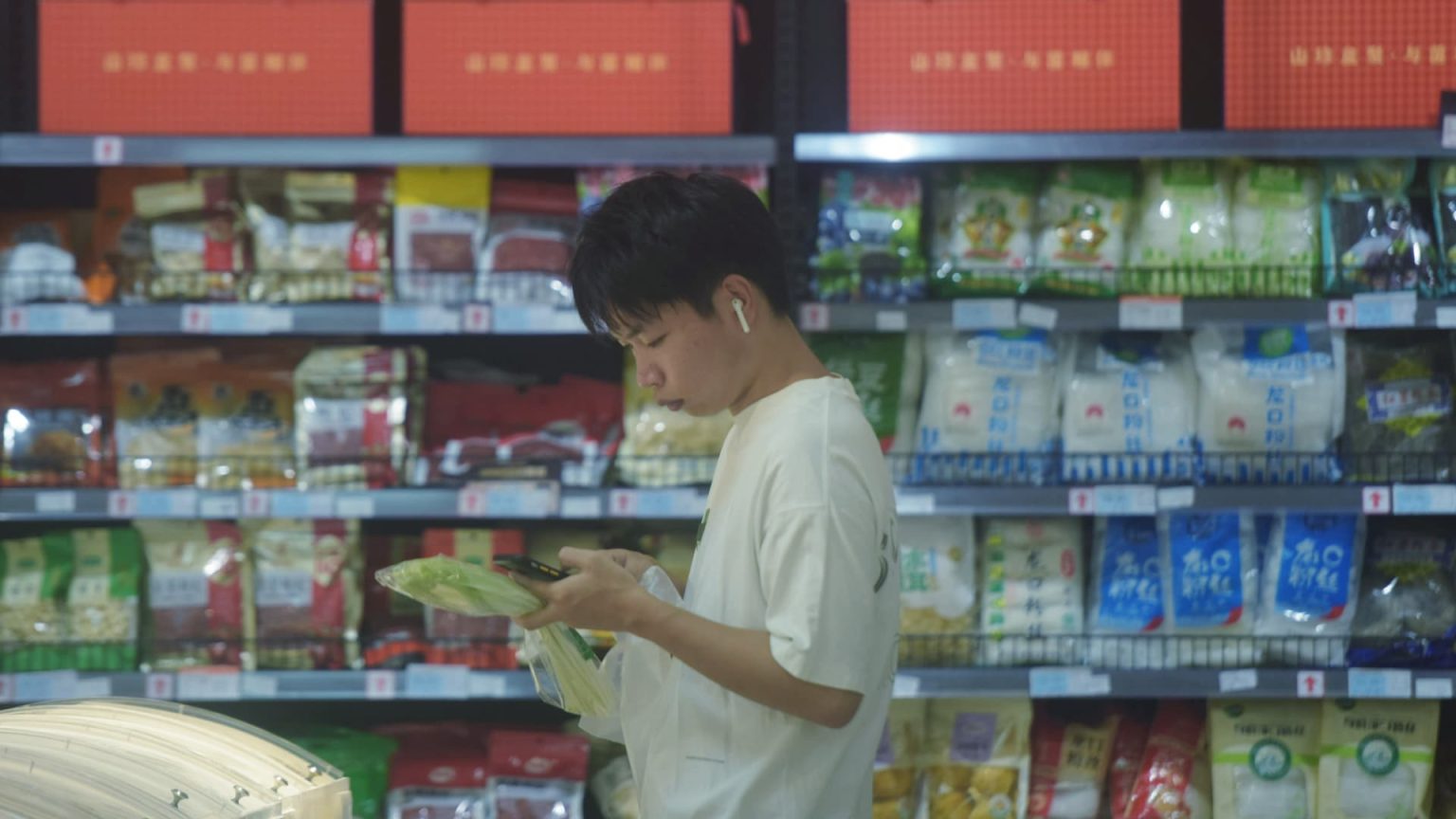In August, China’s retail sales, industrial production, and urban investment all grew slower than expected, according to data released by the National Bureau of Statistics. Retail sales rose by 2.1% from a year ago, missing economists’ expectations of 2.5% growth. Online sales of physical goods increased by just under 1% in August. Industrial production rose by 4.5% in August, lower than the 4.8% growth forecast. Despite the slowdown, industrial production still outpaced retail sales, reflecting a structural imbalance in China’s economy with stronger supply and weaker demand.
Fixed asset investment rose by 3.4% for the January to August period, slower than the predicted 3.5% growth. The urban unemployment rate increased to 5.3% in August, compared to 5.2% in July. Infrastructure and manufacturing investments slowed on a year-to-date basis, while real estate investment fell by 10.2% for the year through August. The youth unemployment rate in July was 17.1%, highlighting challenges in stabilizing employment.
The National Bureau of Statistics spokesperson attributed the increase in unemployment to the impact of graduation season, acknowledging the need for more efforts to stabilize employment. The bureau also mentioned that adverse impacts from changes in the external environment were increasing, and the economic recovery was still facing multiple difficulties and challenges. Policymakers are expected to announce more gradual stimulus measures in the fourth quarter to support consumption and real estate.
With China set to celebrate the Mid-Autumn Festival, also known as the Mooncake Festival, the country is facing a slowdown in economic growth after a disappointing recovery from COVID-19 lockdowns. Policymakers have not yet announced large-scale stimulus measures, while acknowledging the insufficiency of domestic demand. Data released in August showed a disappointing increase in imports by just 0.5%, while exports rose by 8.7%, beating expectations. The consumer price index for August also disappointed analysts with an increase of 0.6% from a year ago.
Overall, the data released by the National Bureau of Statistics indicates a slowdown in China’s economic growth, with retail sales, industrial production, and urban investment all growing slower than expected. Policymakers are expected to announce more gradual stimulus measures to support consumption and real estate in the fourth quarter. The increase in the urban unemployment rate and the persistent weakness in consumption highlight the challenges facing China’s economic recovery.


